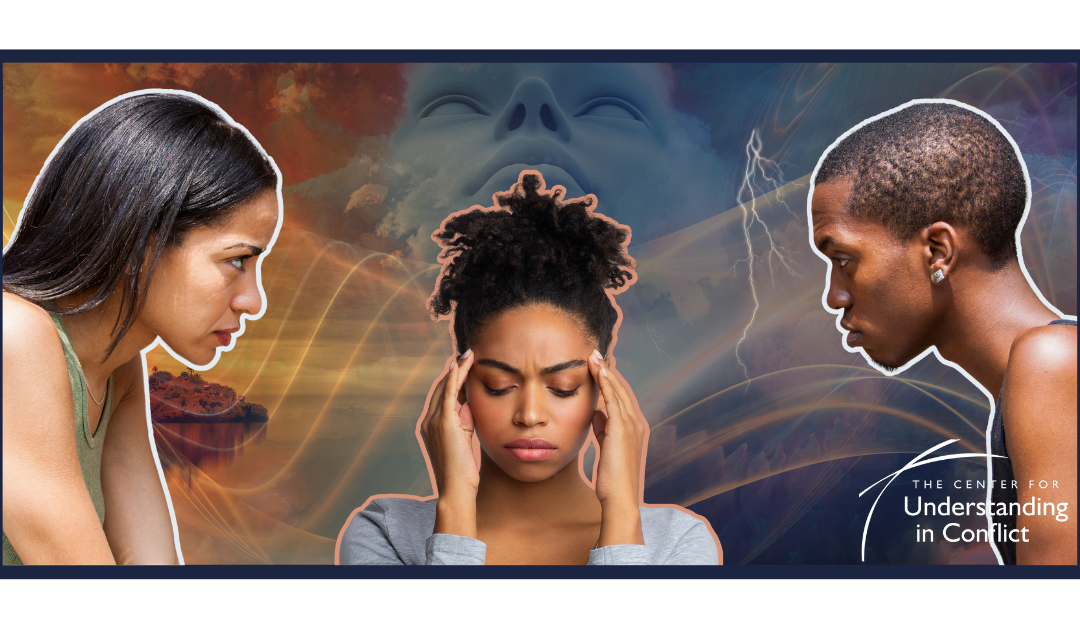By James Dykeman
There is altruism in seeking to be the bridge that brings together two people who don’t get along. We see it at the dinner table, in schools, in community organizations, in workplace disagreements, and in fights that break out over who the better sports team is or whether Coke tastes better than Pepsi. The individual who steps into an environment of tension and discord, offering an olive branch and a path to peace, can be found in different areas of life, from law firms and professional mediators to being the person that gets called when two siblings are at each other’s throats.
But despite the multitude of mediation training opportunities, books written about conflict resolution, and a torrent of tips and advice columns that elevate the practice of bringing together the two parties in conflict, there is always a third person in the middle that also needs consideration. Those attempting to broker peace by facilitating a discussion must realize that they are not exempt from the pitfalls and passions innate to the human experience. Rather than purge your personhood from the equation by ignoring your feelings, reactions, and experiences, the understanding-based approach encourages you to lean in and leverage your humanity to connect with those you are trying to help. To do that, you must be honest and cultivate awareness of how your reactions and life experiences manifest while acknowledging and accepting that there will be people and actions you dislike, which is ok.
Suppose a mediator experienced divorce as a child and finds themselves mediating a nasty divorce as an adult where children hang in the balance. In that case, they may react subconsciously and lean toward an outcome that favors not just the children in the middle but the child inside them still searching to make sense of the trauma experienced many years before. Layers of training, practice, and introspection can help distance a person from that reality, but what happens when one party says something that reminds them of an abused parent or pushes for an outcome that tore their family apart? At that moment, well-built defenses can crumble, and the vulnerable human within is exposed and likely to react to ways that are hard to suppress.
For those who find themselves in the middle of conflict, tasked with helping construct a solution to bring people together, it is crucial to be open to emotions and feelings and to use them as a way to connect with parties on both sides to build understanding and trust between everyone at the table.
Join Gary Friedman and Hansa Patel on December 15th at 12:00 PM to learn about the inner work required to be open and aware of internal reactions and the steps for using insights gained to bring clients closer together.
